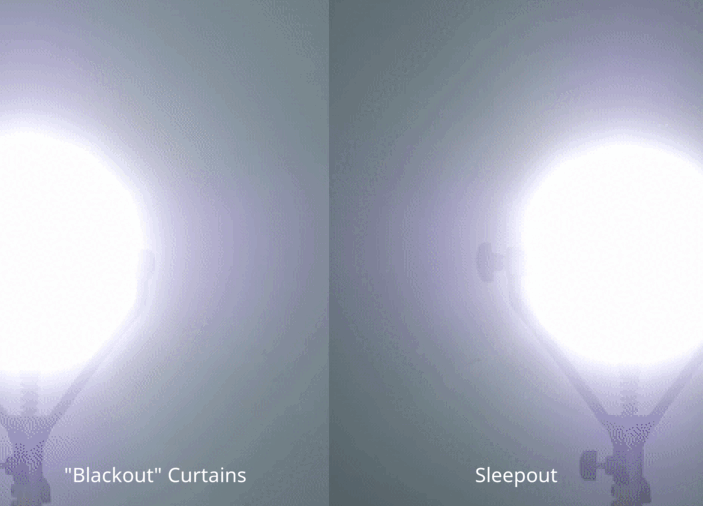In the modern workplace, the importance of appropriate lighting cannot be overstated. While varying types of lighting serve different purposes, bright lighting stands out for its numerous benefits in work environments. From enhancing productivity to maintaining the physical and mental well-being of employees, the impact of well-lit spaces is profound.
The Link Between Bright Lighting and Increased Productivity
Studies have shown that workspaces that are brightly lit with natural light sources help boost the productivity and focus of employees. Bright, white light mimics the natural light of the sun, creating an energizing environment that helps to reduce the feeling of drowsiness and lack of energy. This type of environment is conducive to performing tasks that require mental alertness and sharpness.
Health Benefits of Bright Lighting
Bright light is essential for regulating circadian rhythms, the body’s natural clock that dictates various biological processes. Exposure to bright light during the day has been linked to better sleep quality at night, which is crucial for the overall health and well-being of employees. Moreover, adequately lit environments can reduce the risk of eye strain and headaches, common complaints in offices relying heavily on computer work.
Enhancing Workplace Aesthetics
Apart from functionality, bright lighting can significantly enhance the aesthetic appeal of a workplace. It makes spaces appear larger and more inviting, which can improve not just employee morale but also the impression that clients and visitors form about a company. Well-designed lighting setups can highlight architectural features and contribute to a brand's identity.
Strategies for Implementing Effective Workplace Lighting
While emphasizing bright lighting, it's essential to balance different types of light to create a suitable ambiance for various tasks. Direct, task-oriented lighting should complement ambient lighting to ensure that workspaces are comfortable and that glare is minimized. Adjustable lighting options, such as dimmers and desk lamps, offer flexibility and contribute to an optimal visual environment.
Transitioning to LED technology provides a durable and energy-efficient solution while maintaining high levels of illumination. Additionally, modern lighting systems can incorporate timers or motion sensors to enhance energy efficiency without compromising light quality.
Considerations for Optimal Lighting
Despite the advantages, too much artificial brightness can lead to discomfort and a decline in productivity, making it crucial to manage the intensity and placement of lights carefully. Here are a few tips:
- Ensure that lighting doesn't create a glare on computer screens.
- Use layered lighting to help employees perform different tasks efficiently.
- Regularly maintain fixtures to prevent flickering, which can be distracting and uncomfortable.
Conclusion
The strategic use of bright lighting in the workplace can foster a vibrant and productive environment. It not only aids in the efficient execution of tasks but also plays a significant role in health and aesthetic appeal, contributing to a more pleasant and engaging workplace. Employing a blend of the right lighting elements can transform any work setting into a dynamic and efficient space.
In our quest to optimize lighting and enhance sleep quality at home as well, consider Sleepout Home Blackout Curtains. These are designed to block out light effectively when it's time to rest, making sure that when it's time to work, you're well-rested and ready to perform at your best.
With thoughtful implementation, every work environment can achieve a bright, healthy, and productive atmosphere that benefits everyone.


